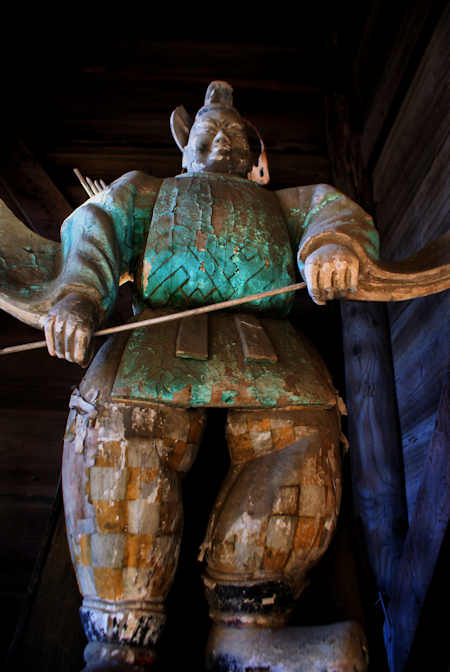Showing posts with label kumamoto. Show all posts
Showing posts with label kumamoto. Show all posts
Saturday, May 8, 2021
Omiya Shrine Yamaga
Wednesday, May 5, 2021
Yachiyo-za Theatre
Yachiyo-za is a traditional type of theatre that is located in the hot spring resort town of Yamaga, not far from Kumamoto City.
Monday, May 3, 2021
Kongojoji Temple 100 on the Kyushu Pilgrimage
Monday, April 5, 2021
Honzoin Temple 55 of the Kyushu Pilgrimage
Labels:
Fudo Myojin,
kobo daishi,
kumamoto,
kyushu108,
temple
Tuesday, March 30, 2021
Kokin Denju no Ma Teahouse
Kokin Denju no Ma Teahouse
Sunday, March 28, 2021
Mount Fuji at Suizenji Garden
Suizenji
Labels:
garden,
kumamoto,
kyushu108,
mount fuji,
teahouse
Thursday, March 25, 2021
Autumn Colors at Suizenji Garden
Wednesday, March 24, 2021
Honmyoji Temple
Monday, March 22, 2021
The Approach to Honmyoji Temple
Sunday, February 14, 2021
Shohinken Teahouse & Garden
Shohinken Teahouse
Under normal circumstance the main building cannot be entered, but there is a small museum attached with tea ceremony articles and other artifacts connected to the matsui Clan.
Labels:
garden,
kumamoto,
kyushu108,
teahouse,
yatsushiro
Subscribe to:
Posts (Atom)


































































